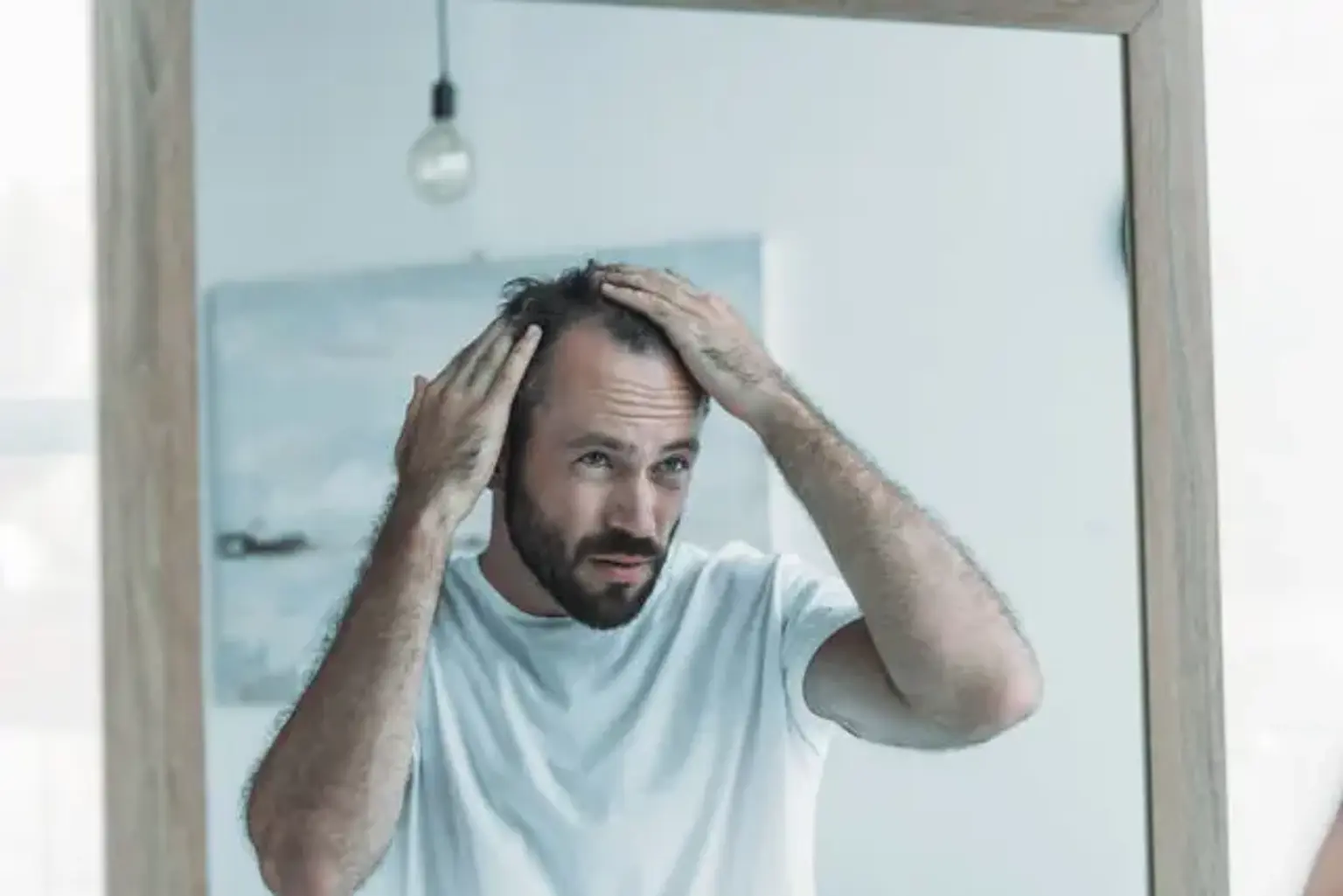DHI Hair Transplant
Hair loss is one of the major cosmetic problems affecting most people across the world. Generally, having nice thick hair and an appropriate hairline also translates to a person's overall appearance. However, approximately 80 percent of men experience thinning hair as they approach the age of 50. Also, more than 55 percent of women undergo an evident hair loss amount during their entire lifetime.
While some people may find this situation normal, most people tend to have baldness problems which can cause self-consciousness. In such cases, the best alternative is to consider a hair restoration technique called the direct hair implantation (DHI) approach. DHI hair transplant aims to restore the lost hair or cover the baldness, giving you a good look.
